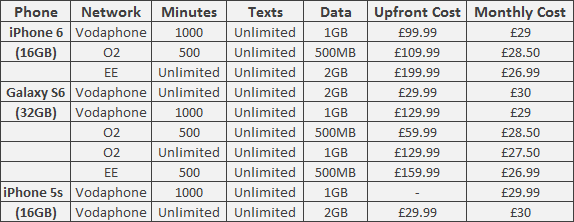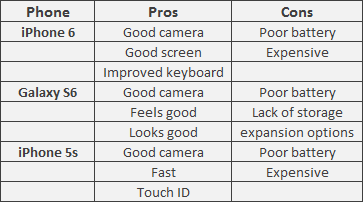Types of research
Research is the gathering of information, there are multiple types and methods of research which I will discuss below. For the best results multiple of these types and methods should be employed to ensure accurate information and greater credibility.
Primary research
This type of research is done using no prior sources of information, an example would be handing out custom surveys as the information gathered was not there prior to you researching.
Secondary research
Secondary research is where the information is already researched and is found, for example, published online or written in a book, this information is much easier to obtain than primary research, however it is not always credible and can sometimes not be perfectly suited to the needs of your research.
Quantitative research
Quantitative research is the research of quantifiable information, things that can be indisputably measured, such as weight and height and can be made into graphs and tables for viewing the information in a more comprehensive fashion.
Qualitative research
Qualitative research is research done on things that cannot be measured, such as opinions and viewpoints. An example would be researching what people think is good or bad about a car’s appearance, people rating what the car looks like by number would not give any information on how the car could be improved or what any glaring flaws are.
Triangulation
Triangulation is the combination of multiple methods when researching, when methods are combined they grant the researcher much more insight and the results of the research become much more credible.
Mobile phone research task
For this task I researched mobile phones with Bethan, we used secondary research to find information about the phones as the information gathered allows for an easy comparison of phones of our choice. We chose phones which had a monthly cost of £30 or less and compared their minutes, texts, data and upfront cost. This task was also an effective way to practice research as it incorporated qualitative, quantitative and secondary research.
Quantitative research
In the mobile phone research task I used quantitative research to find out information about popular phones, what their costs were, what they offered and what network they were on. To find this information we used comparison sites to discover the information laid out below. We searched for three popular phones and used the condition that they must cost less than £30 per month, all phones were 4G and all were 24 month contracts.

Qualitative research
In this task we also researched reviews for insight on what people did and didn’t like about each phone, we paid attention to the most major features such as camera and battery, we used a mixture of professional reviews and customer reviews for a mixture of professional knowledge and unbiased opinions.
Evaluation
The research we did allows for us to compare the positives and negatives of each phone we chose to look at. In the end we decided the second contract for the iPhone 5s was the most appealing as it had a low upfront cost whilst maintaining good qualities such as a large data cap and unlimited minutes. Our qualitative research showed that it did not have any uncommon flaws compared to the other phones whilst sharing benefits with them such as having a good camera.


November 30, 2015 at 4:43 pm
Fuse together the two research tasks. Put the types of research first, then embed this one.
Introduce this topic and why you are doing the mobile phone research.
Practice on doing research.
What research did you use primary or secondary?
Evaluation.
LikeLiked by 1 person
December 1, 2015 at 9:46 am
Updated.
LikeLike